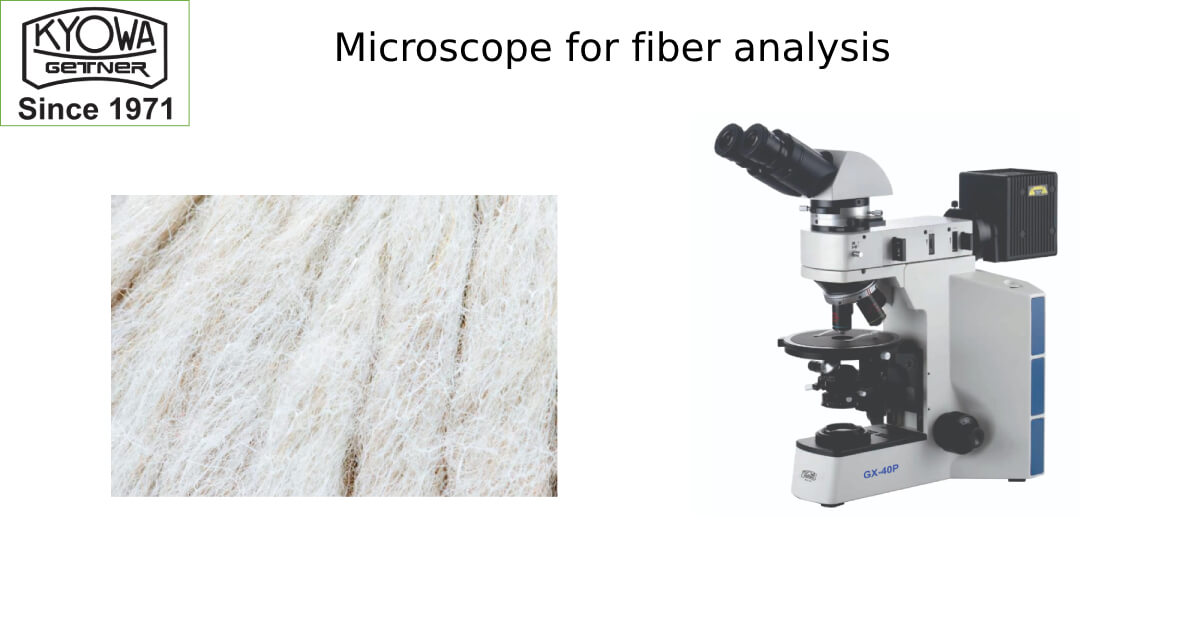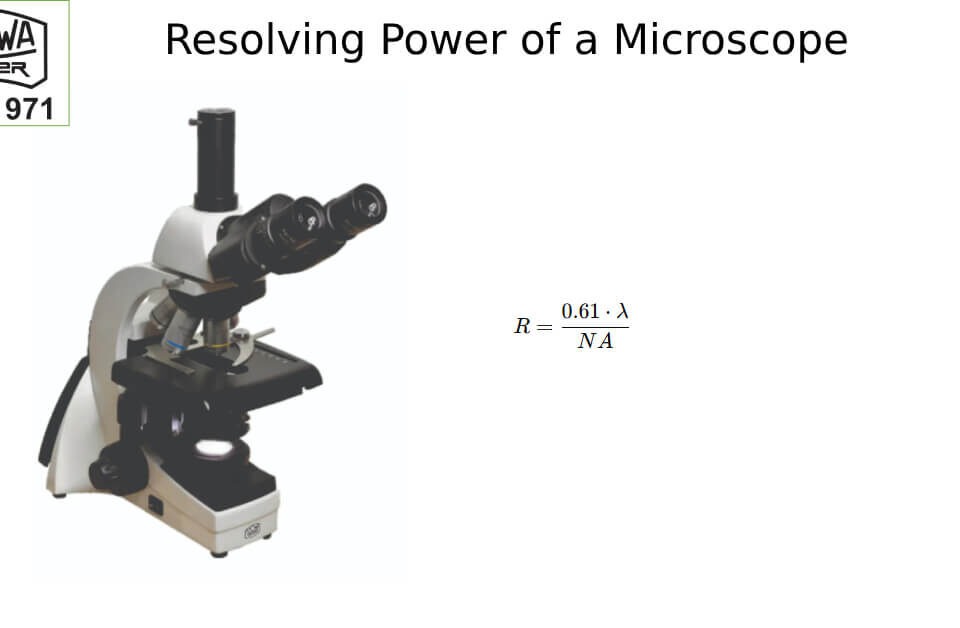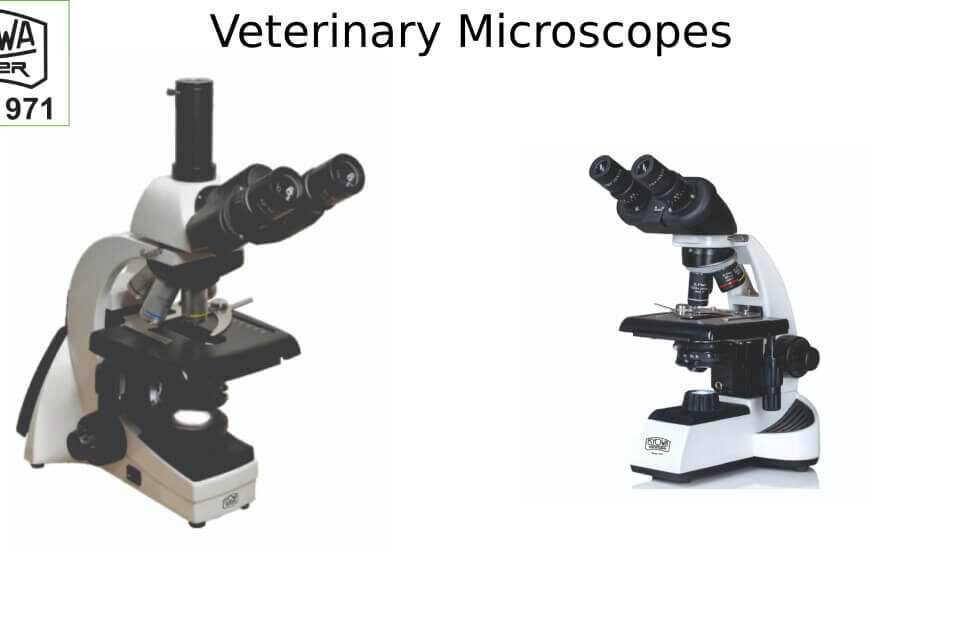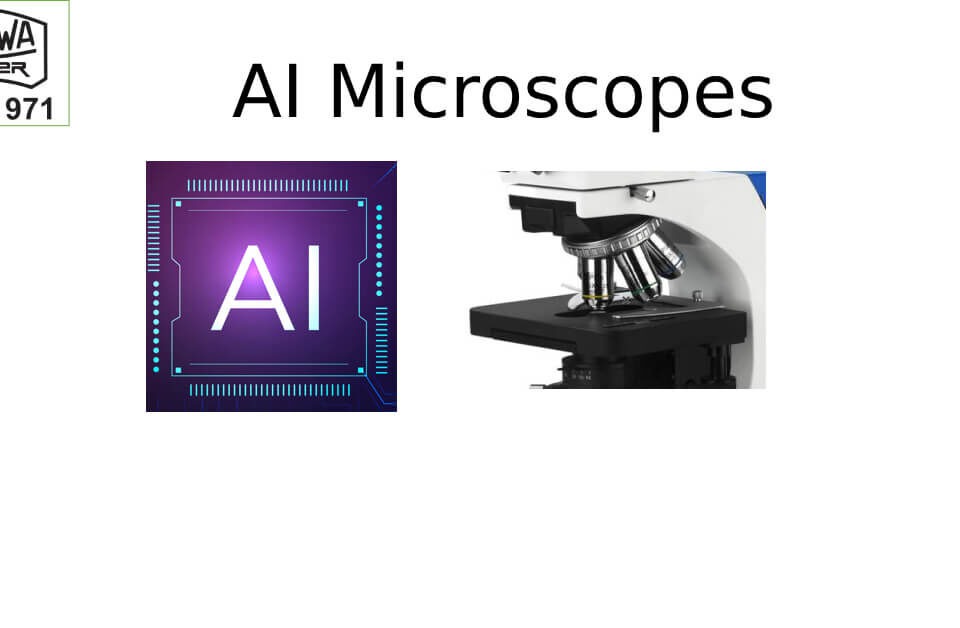The textile industry is undergoing a transformation, thanks to advancements in microscopy. While many people associate microscopes with biology and medicine, they play a crucial role in textiles—especially in fiber and blend analysis. From ensuring quality control to detecting counterfeit fabrics, microscopes provide essential insights that help manufacturers, researchers, and designers make informed decisions.
Let’s explore how microscopy is revolutionizing the textile industry and microscope for fiber analysis and blend analysis.
1. Understanding Fiber and Blend Analysis
Fiber analysis involves identifying the types of fibers used in a fabric, their structure, and their quality. This is especially important in blended fabrics, where multiple fiber types are mixed to achieve desired characteristics such as strength, elasticity, or softness.
Using microscopy, experts can:
- Identify whether a fabric contains natural or synthetic fibers
- Determine the percentage of different fibers in a blend
- Assess the structural integrity and uniformity of fibers
- Detect defects, inconsistencies, or contamination in textiles
2. Types of Microscopes Used in Textile Analysis
Different types of microscopes are used to analyze textile fibers, each offering unique advantages:
Light Microscopes
- Used for basic fiber identification
- Helps in analyzing the shape, color, and surface texture of fibers
- Commonly used in routine textile quality checks
Polarized Light Microscopes (PLM)
- Ideal for distinguishing between natural and synthetic fibers
- Helps in identifying fiber birefringence, which is useful for differentiating textile materials
Electron Microscopes (SEM & TEM)
- Provides ultra-high magnification to analyze fiber surfaces at the nanometer level
- SEM (Scanning Electron Microscopy) is used to examine fiber coatings, damage, and wear
- TEM (Transmission Electron Microscopy) helps in studying the internal structure of fibers
Fourier Transform Infrared (FTIR) Microscopy
- Used for chemical composition analysis of fibers and blends
- Helps in detecting fiber treatments, coatings, and dyes
3. How Microscopy is Transforming Textile Manufacturing
Quality Control & Defect Detection
Microscopes help textile manufacturers identify flaws in fibers and fabrics before they reach the market. Defects such as uneven fibers, weak spots, or unexpected contaminants can be detected early, preventing costly product recalls and improving customer satisfaction.
- Detects fiber breakage and weak points
- Identifies contamination from foreign particles
- Ensures fabric consistency in texture and weave
Authenticity Verification & Counterfeit Detection
With an increasing market for luxury textiles and designer fabrics, counterfeit materials are a growing concern. Microscopy allows manufacturers and buyers to verify fiber authenticity by comparing the microscopic structure of a claimed material with known standards.
- Distinguishes genuine silk from synthetic alternatives
- Identifies pure wool versus wool-blend imitations
- Verifies organic cotton by detecting chemical residues from non-organic processing
Sustainability & Eco-Friendly Innovations
As the textile industry shifts towards sustainable and biodegradable fibers, microscopy plays a key role in analyzing how new materials perform over time. Scientists use microscopes to study fiber degradation, water absorption, and resistance to wear, helping to develop textiles that are both durable and environmentally friendly.
- Analyzing plant-based fibers like bamboo and hemp
- Studying the breakdown of biodegradable synthetic fibers
- Assessing the effectiveness of eco-friendly fabric treatments
4. Advancing Fashion & Performance Textiles
Microscopy is not just used for traditional textiles—it’s also shaping the future of fashion and high-performance fabrics.
Smart Textiles & Wearable Technology
- Researchers analyze the integration of conductive fibers for smart clothing
- Microscopes help ensure sensor-embedded fabrics remain flexible and functional
High-Performance Sportswear
- Fiber analysis ensures athletic wear remains breathable, moisture-wicking, and durable
- Microscopy aids in the development of lightweight yet strong materials
Fire-Resistant & Protective Gear
- Ensuring the heat resistance of firefighter and military uniforms
- Studying the microstructure of flame-retardant coatings
5. The Future of Microscopy in Textiles
With advancements in AI-powered image analysis and 3D microscopy, the role of microscopes in the textile industry will continue to expand. Future developments may include:
- Automated fiber classification using AI
- 3D imaging of textile structures for improved fabric design
- Real-time quality monitoring in manufacturing plants
As the textile industry evolves, microscopes will remain a key tool for innovation, quality control, and sustainability. From ensuring the authenticity of luxury fabrics to developing the next generation of eco-friendly textiles, microscopy is transforming how we understand and create fabrics.
Final Thoughts
The ability to see the unseen at the microscopic level gives textile manufacturers, researchers, and designers a competitive edge. Whether it’s ensuring fabric quality, verifying fiber authenticity, or driving sustainability, microscopes play a vital role in shaping the future of textiles.
If you’re in the textile industry and looking to improve fiber analysis and quality control, investing in the right microscopy technology can make all the difference. The future of textiles is microscopic—and the possibilities are endless!





